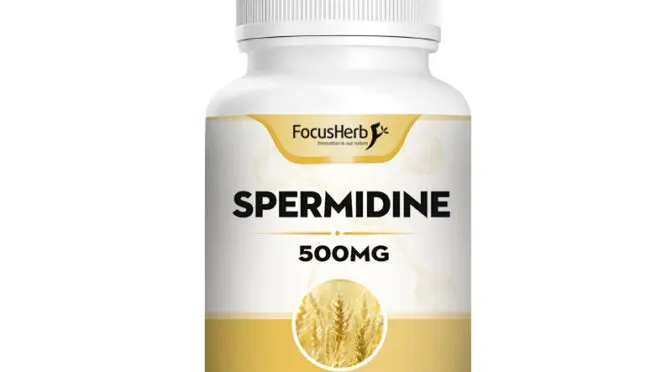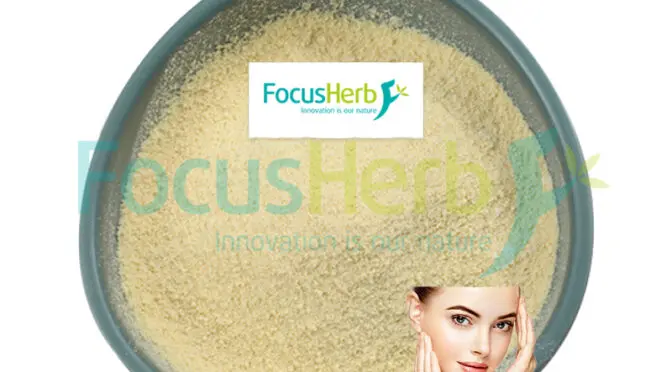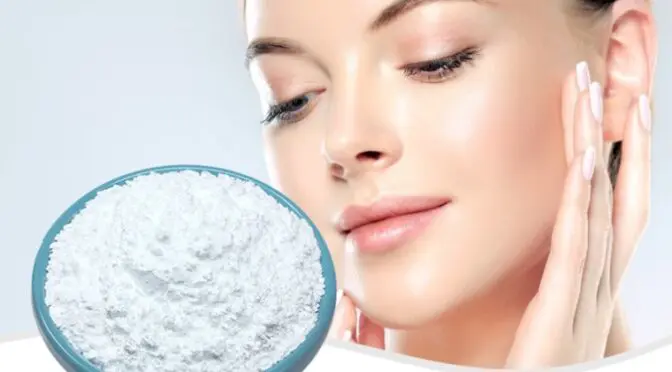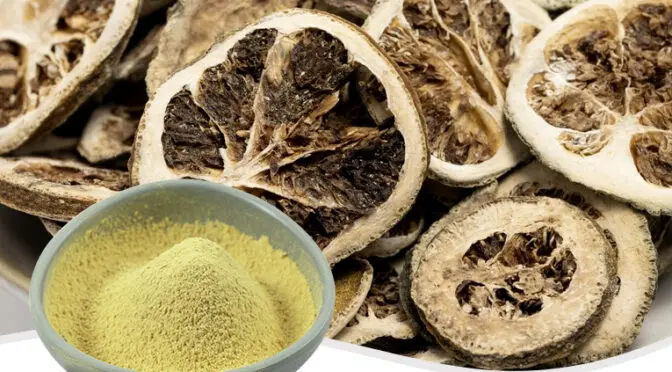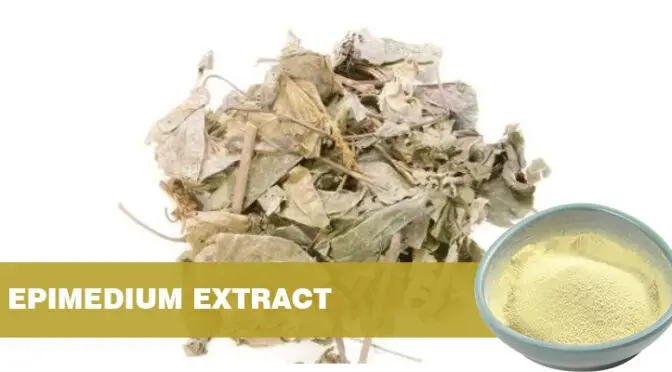Mango seed extract, derived from the nutrient-rich kernel of mangoes, has captured attention for its diverse applications and benefits. From its origins in tropical regions to its bioactive components like fiber, flavonoids, and vitamins, this extract is making waves in industries ranging from pharmaceuticals to cosmetics. Whether supporting weight management, enhancing skin health, or improving metabolic functions, mango seed extract is a natural ingredient with vast potential to explore.
The Source and Components of Mango Seed Extract
Overview of the Source
Mango seed extract primarily comes from specific varieties of mango, with African mango (Irvingia gabonensis) being the most notable. This type of mango grows in the tropical rainforests along the western coast of Cameroon. It is also known as bush mango, wild mango, or dika nut. Additionally, the seeds of common mangoes, such as Mangifera indica L., are also a key source of extraction. Mango seed extract is derived from the kernel of the fruit, which is typically kidney-shaped or elongated oval, slightly flattened. Its surface is covered with light yellow or earthy yellow shallow grooves and fibrous hairs. The kernel is hard, containing a single seed inside, which produces a rattling sound when shaken. The seed has a wrinkled surface, with a brown-green to dark brown seed coat that is difficult to separate from the kernel.
Analysis of Main Components
Mango seed extract contains a variety of components, each with unique characteristics and potential benefits:
Water-Soluble Fiber
Mango seed extract is rich in water-soluble fiber, which can absorb water in the intestines, increase stool volume, and promote intestinal movement. This helps maintain intestinal health. Additionally, it can slow gastric emptying, enhance satiety, and reduce food intake, which is beneficial for weight management.
Vitamins
The extract also contains vitamins, such as vitamin C, which has strong antioxidant properties. It helps the body resist damage from free radicals and boosts the immune system.
Proteins and Leptin
Proteins are another key component of mango seed extract. Some extracts contain leptin, a special protein hormone. Leptin can influence metabolism, regulate weight gain or loss, and enhance immunity. It plays a critical role in appetite control by sending satiety signals to the brain, reducing the likelihood of overeating.
Flavonoids
Mango seed extract also includes flavonoids, which possess antioxidant and anti-inflammatory properties. These compounds contribute to maintaining overall physical health.
Benefits and Effects of Mango Seed Extract
1. Antibacterial and Anti-inflammatory
Mango seed extract is rich in active compounds like mangiferin, which exhibit strong antibacterial and anti-inflammatory properties. It effectively inhibits the activity of various bacteria and viruses, helping to alleviate symptoms caused by infections, such as skin inflammation or intestinal infections. Studies have shown that mango seed extract demonstrates significant inhibitory effects on common pathogens, including Shigella dysenteriae, Shigella flexneri, and Escherichia coli. Additionally, it shows promise in suppressing respiratory infections, making it a valuable aid in treating related diseases.
2. Antioxidant
The extract contains abundant polyphenols, known for their potent antioxidant properties. These compounds neutralize free radicals in the body, effectively delaying skin aging. By protecting the skin from environmental damage, mango seed extract enhances skin brightness and maintains a healthy complexion. Many skincare products now incorporate mango seed oil extract in lightweight creams to deliver anti-aging benefits. These products not only hydrate the skin but also reduce the appearance of wrinkles, making them popular among beauty-conscious consumers.
3. Regulating Metabolism
Mango seed extract can influence metabolism-related hormones such as adiponectin. Adiponectin, secreted by fat cells, plays a vital role in regulating metabolic rates. Research shows that consuming mango seed extract significantly increases adiponectin levels, boosting metabolic activity and aiding in fat burning. This is especially beneficial for individuals with slow metabolism, as it helps prevent fat accumulation and supports weight management.
4. Lowering Cholesterol
Studies have highlighted the extract’s role in regulating blood lipids. It reduces levels of plasma cholesterol and triglycerides while increasing high-density lipoprotein cholesterol. For example, in studies involving patients with type 2 diabetes, one month of supplementation with mango seed extract led to noticeable reductions in blood sugar, total cholesterol, and triglycerides, along with an increase in HDL cholesterol. These benefits may be attributed to the high soluble fiber content of the extract.
5. Appetite Suppression
Leptin, a hormone responsible for hunger regulation, often becomes less effective in obese individuals, leading to overeating. Mango seed extract helps stimulate leptin production and enhances its effectiveness, thereby reducing appetite. This helps control calorie intake and makes the extract a useful tool in weight management and obesity prevention.
6. Enhancing Immune Function
Mango seed extract contains essential nutrients such as vitamin C and proteins, which contribute to improved immunity. Preliminary studies suggest that its components may play a role in boosting immune functions. However, further research is needed to fully understand its effects and mechanisms on the immune system.
7. Promoting Melanin Synthesis
Active compounds in mango seed extract can stimulate melanin production in skin cells. This helps improve uneven skin tone caused by pigmentation issues. For example, skincare products containing mango seed extract have shown the ability to even out skin tone, reduce dark spots, and make the skin look healthier and more radiant.
Application Areas of Mango Seed Extract
Pharmaceutical and Health Product Industry
1. Supporting Disease Treatment
In the pharmaceutical and health sector, mango seed extract has shown significant effects in aiding the treatment of chronic diseases. For example, in diabetes treatment, animal studies revealed that ethanol extract from mango seeds (200 mg/kg) significantly reduced blood glucose levels in fasting diabetic rats (p<0.01). Additionally, in alloxan-induced diabetic rats, mango seed extract (100 mg/kg and 200 mg/kg) significantly increased insulin levels and reduced glycated hemoglobin (HbA1c) levels.
In cardiovascular diseases, mango seed extract is rich in soluble fiber. Mango seed extract can effectively lowers plasma cholesterol and triglyceride levels while increasing high-density lipoprotein cholesterol (the “good cholesterol”). These combined effects help regulate blood lipid levels and support cardiovascular health. Furthermore, its flavonoids and anti-inflammatory, antibacterial compounds help alleviate inflammation-related cardiovascular issues, providing a positive role in the prevention and management of cardiovascular diseases.
For other chronic conditions, mango seed extract contains nutrients such as vitamin C and proteins that can enhance immunity, aiding the body in combating various diseases. However, to fully understand its potential.
2. Common Health Products
Mango seed extract is often used to produce health products in capsule or tablet form. For instance, Healthy Care’s Australian Mango Seed Extract Capsules contain 500 mg of African mango seed extract per capsule. They are rich in dietary fiber, helping to reduce food cravings. It accelerates metabolism, improves exercise efficiency, manages weight, and stabilizes blood sugar levels.
Another example is Pacific Nature’s African Mango Seed Extract Fat Metabolism Supplement. This product supports fat metabolism, regulates leptin levels, balances metabolism, and controls appetite. It also aids in maintaining healthy blood sugar and cholesterol levels, offering comprehensive health management for consumers.
Food and Beverage Industry
1. As a Functional Additive
Mango seed extract is widely used in the food and beverage industry due to its unique nutritional value.
Juices: Adding mango seed extract to juices enhances the mango flavor and provides antioxidant and anti-inflammatory health benefits. This allows consumers to enjoy both taste and health.
Baked Goods: Mango seed extract can be used in baked goods to create healthier options. For example, cakes with mango seed extract meet the demand for delicious desserts while promoting metabolism.
Ice Cream: Incorporating mango seed extract into ice cream enhances its unique flavor and increases satiety. This helps control food intake and improves product competitiveness in the market.
2. Combined with Other Extracts
Mango seed extract is often blended with other extracts to create multifunctional products.
Green Tea Extract: The combination of tea polyphenols and mango seed extract enhances antioxidant effects, helping to combat free radical damage. These products are ideal for daily health maintenance.
Berry Extract: Berry extracts are rich in vitamins and anthocyanins. When combined with mango seed extract, they enhance skin tone, delay aging, and are well-suited for beauty and skincare products.
Seaweed Extract: Seaweed contains abundant minerals and dietary fiber. When paired with mango seed extract, they work synergistically to regulate metabolism and provide comprehensive nutritional benefits.
Cosmetics Industry
1. Skincare Applications
Mango seed extract is widely used in skincare products for its antioxidant and anti-inflammatory properties.
For example, The Face Shop’s Mango Seed Moisturizing Series uses mango seed butter to create a moisturizing cream. Its creamy texture melts upon contact with the skin, deeply hydrating and forming a moisture barrier. This ensures long-lasting hydration and a radiant complexion. Additionally, anti-aging serums containing mango seed extract help neutralize free radicals, delay skin aging, brighten skin tone, and reduce wrinkles. These products are highly popular in the market.
2. Hair Care Applications
Mango seed extract has significant potential in the hair care industry.
It contains antioxidants, vitamins, and minerals that repair scalp damage, alleviate itching, and reduce dandruff. Its nutrients also nourish hair strands, improving elasticity and shine while reducing split ends and breakage. Mango seed extract is expected to play a key role in future hair care product development, offering consumers high-quality hair care solutions.
Suitable Groups and Precautions
1. Suitable Groups
Mango seed extract is beneficial for various groups of people:
- Individuals aiming to lose weight
Mango seed extract can support weight loss by regulating metabolism and suppressing appetite. It helps reduce body fat and maintain healthy weight management.
- Those concerned about skin health
With its antioxidant properties and ability to promote melanin production, mango seed extract helps delay skin aging, brighten skin tone, and improve overall skin quality.
- Patients with chronic conditions
Research suggests that mango seed extract may aid in lowering blood sugar levels and regulating blood lipids. This makes it a potential supplement for managing conditions such as diabetes and high cholesterol, improving overall health.
2. Precautions
- Follow medical advice or product instructions
Always use mango seed extract as directed by a doctor or according to the product guidelines to ensure safe and appropriate use.
- Special populations should be cautious
The safety of mango seed extract for specific groups, such as pregnant or breastfeeding women, is not fully established. These individuals should consult a healthcare professional before use.
- Address any discomfort promptly
If you experience discomfort or have concerns while using the extract, stop using it immediately and seek advice from a medical professional to ensure safety.























